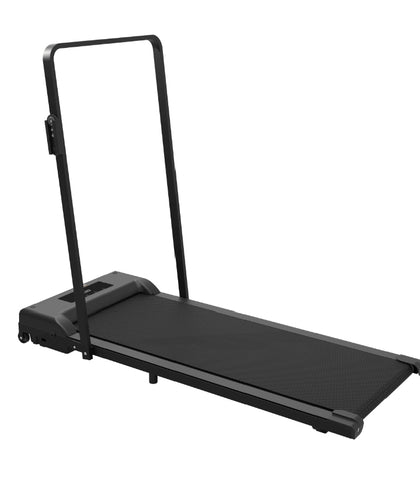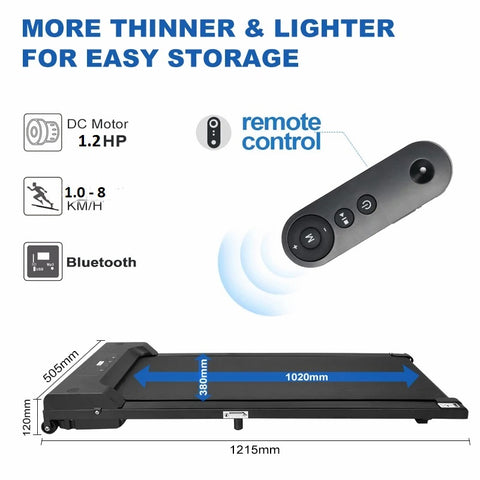In the realm of fitness equipment, treadmills stand out as a popular choice for achieving cardiovascular health and fitness goals without leaving the comfort of your home. However, with a plethora of options available on the market, choosing the right treadmill can be a daunting task. To simplify the process and ensure you make an informed decision, we've compiled a comprehensive buying guide covering essential factors to consider when purchasing a treadmill.
1. Motor Power:
The motor is the heart of any treadmill, powering the belt and providing the resistance needed for your workouts. When evaluating motor power, consider both continuous horsepower (CHP) and peak horsepower (PHP). Aim for a treadmill with a minimum of 2.5 to 3.0 CHP for smooth and reliable performance, especially if you plan on running regularly.
2. Cushioning:
Proper cushioning is crucial for reducing impact on your joints and preventing injuries during workouts. Look for treadmills equipped with shock-absorption technology or adjustable cushioning systems that provide adequate support and minimize strain on your knees, ankles, and hips.
3. Incline Options:
Incline training adds variety and intensity to your workouts by simulating uphill terrain. Opt for a treadmill with adjustable incline settings, preferably ranging from 0% to at least 12%. Some advanced treadmill models even offer higher incline capabilities of up to 40% for mountain training, enhancing versatility and targeting different muscle groups.
4. User Weight Capacity:
Ensure the treadmill's weight capacity accommodates your body weight comfortably. Most treadmills have weight limits ranging from 250 to 400 pounds, so choose a model with a capacity that exceeds your current weight to provide a safety buffer.
5. Belt Size and Quality:
The treadmill belt should be wide and long enough to accommodate your stride length comfortably. Look for belts that measure at least 20 inches wide and 55 to 60 inches long for ample running space. Additionally, opt for durable, non-slip belts that provide sufficient traction and minimize slippage during workouts.
6. Console Features:
Consider the console features and display options offered by the treadmill. Look for user-friendly interfaces with easy-to-read screens, intuitive controls, and preset workout programs tailored to your fitness goals. Features like heart rate monitoring, Wi-Fi connectivity can enhance your exercise experience and track your progress effectively.
7. Durability and Stability:
Invest in a treadmill constructed with high-quality materials and sturdy frame construction to ensure durability and long-term reliability. Test the treadmill for stability and smooth operation, paying attention to factors like noise level, vibration, and overall build quality.
Conclusion:
Choosing the right treadmill requires careful consideration of various factors, from motor power and cushioning to incline options and user weight capacity. By following this comprehensive buying guide, you can confidently select a treadmill that meets your fitness needs, enhances your workouts, and helps you achieve your health and wellness goals.




